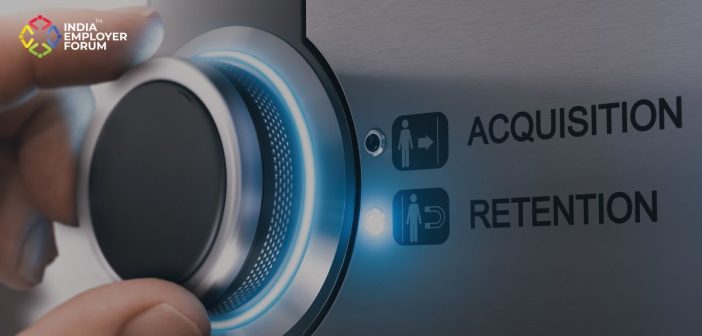In today’s business environment, leveraging HR technology has become essential for organisations aiming to stay competitive. For the Human Resources department, this technological shift is not just a trend but a necessity. The integration of HR technology has revolutionised the way HR professionals manage talent, streamline processes, and drive organisational change. This article explores how leveraging technology catalyses change in HR, transforming the workplace into a more efficient, inclusive, and innovative environment.
The Evolution of HR Technology
The journey of HR technology began with the automation of basic administrative tasks. Early HR Information Systems (HRIS) focused on record-keeping and payroll processing. However, as technology advanced, so did the capabilities of HR systems. Today, HR technology encompasses a wide range of tools and platforms designed to enhance every aspect of the HR function.
Modern HR technology includes Applicant Tracking Systems (ATS), Human Capital Management (HCM) platforms, Employee Engagement tools, Learning Management Systems (LMS), and more. These technologies are not only about efficiency but also about creating strategic value for organisations. By leveraging technology, companies can attract top talent, foster employee development, and drive performance.
Recruitment and Talent Acquisition
One of the most significant areas where HR technology has made an impact is recruitment and talent acquisition. Traditional recruitment methods are often time-consuming and inefficient. However, with the advent of ATS and other recruitment software, the hiring process has become more streamlined and effective.
These systems use artificial intelligence (AI) and machine learning algorithms to screen resumes, assess candidate fit, and even predict future performance. This reduces the time-to-hire and ensures that organisations find the best candidates for their needs. Furthermore, It enables remote and virtual recruiting, expanding the talent pool and allowing companies to hire the best talent from around the world.
Employee Onboarding and Integration
Once a candidate is hired, the onboarding process plays a crucial role in their integration into the company. Traditional onboarding methods can be cumbersome and overwhelming for new hires. Technology simplifies this process by providing digital onboarding platforms that guide new employees through the necessary steps, ensuring a smooth transition.
These platforms offer interactive training modules, digital paperwork, and access to company resources, helping new hires acclimate quickly and effectively. By leveraging technology in onboarding, organisations can enhance employee engagement from day one.
In conclusion, the integration of HR technology has fundamentally transformed the way organisations manage their human capital. From recruitment and onboarding to performance management, employee engagement, and compliance, It has become indispensable in driving organisational success. By leveraging advanced tools and platforms, HR professionals can streamline processes, enhance decision-making with data-driven insights, and foster a culture of continuous improvement and innovation.
Looking ahead, the future of technology promises even greater advancements with AI, blockchain, virtual reality, and wellness solutions reshaping the HR landscape. Organisations must embrace these innovations to stay competitive, attract top talent, and create a workplace environment that promotes diversity, equity, inclusion, and employee well-being.
As we navigate the complexities of the modern business environment, one thing is clear: technology is not just a tool but a catalyst for change in HR. By harnessing the power of technology, organisations can unlock new possibilities, drive sustainable growth, and build a workforce that is resilient, engaged, and ready to thrive in the digital age.
The journey towards leveraging technology as a catalyst for change in HR is ongoing and dynamic. By staying proactive, adaptive, and innovative, organisations can position themselves at the forefront of HR excellence, driving transformative change that benefits both employees and the bottom line.
References:




